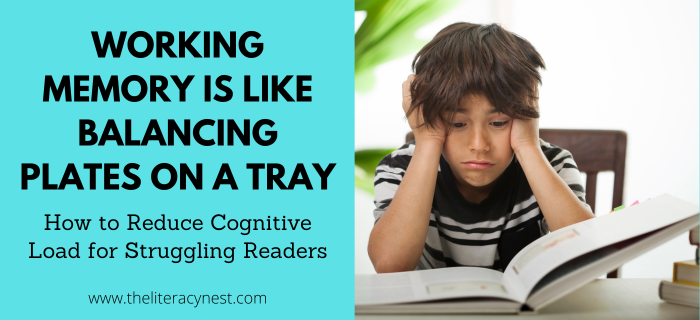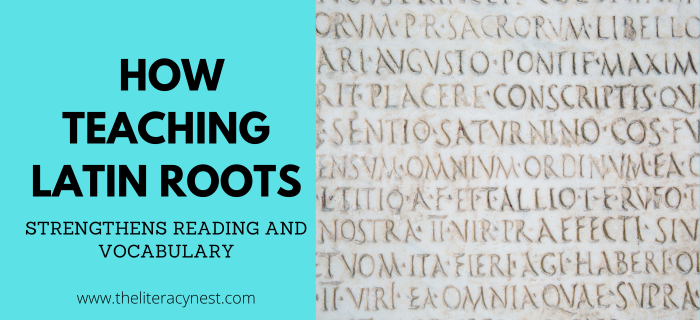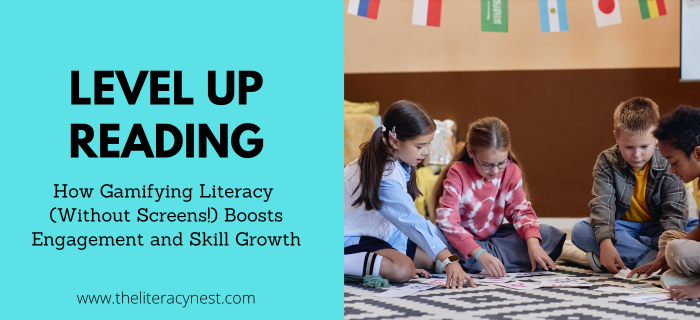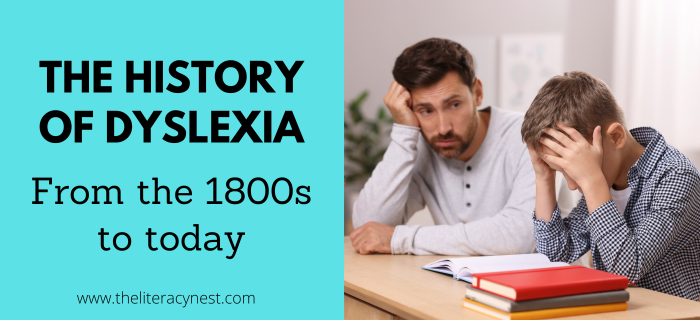Working Memory Is Like Balancing Plates on a Tray: How to Reduce Cognitive Load for Struggling Readers
Picture this. You’re a server in a busy restaurant, walking through a packed room with a tray full of plates. Every step takes focus. One small bump, one moment of distraction, and CRASH. Plates everywhere. This is what working memory feels like for many of our students every single day. Students with dyslexia, ADHD, or…









